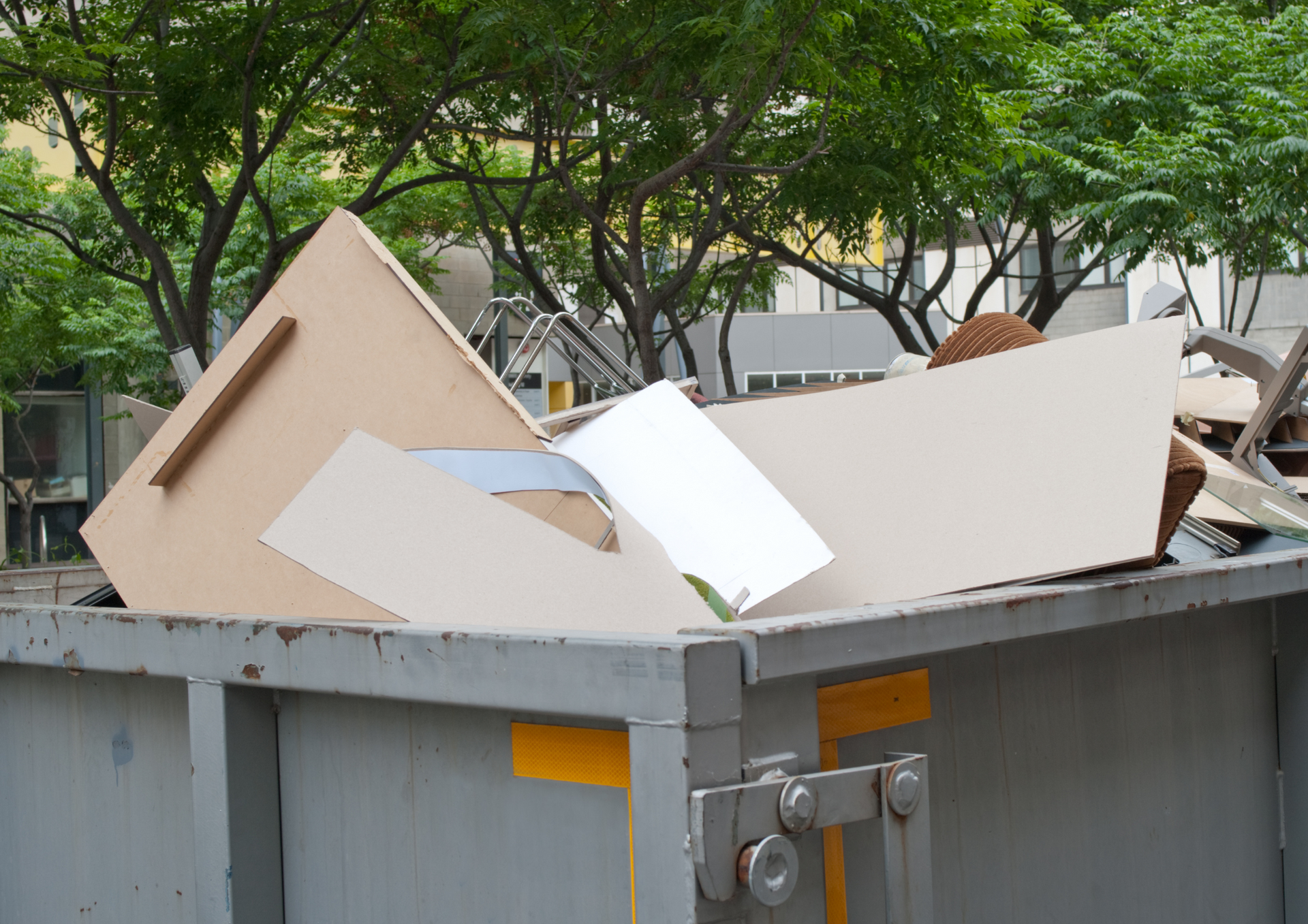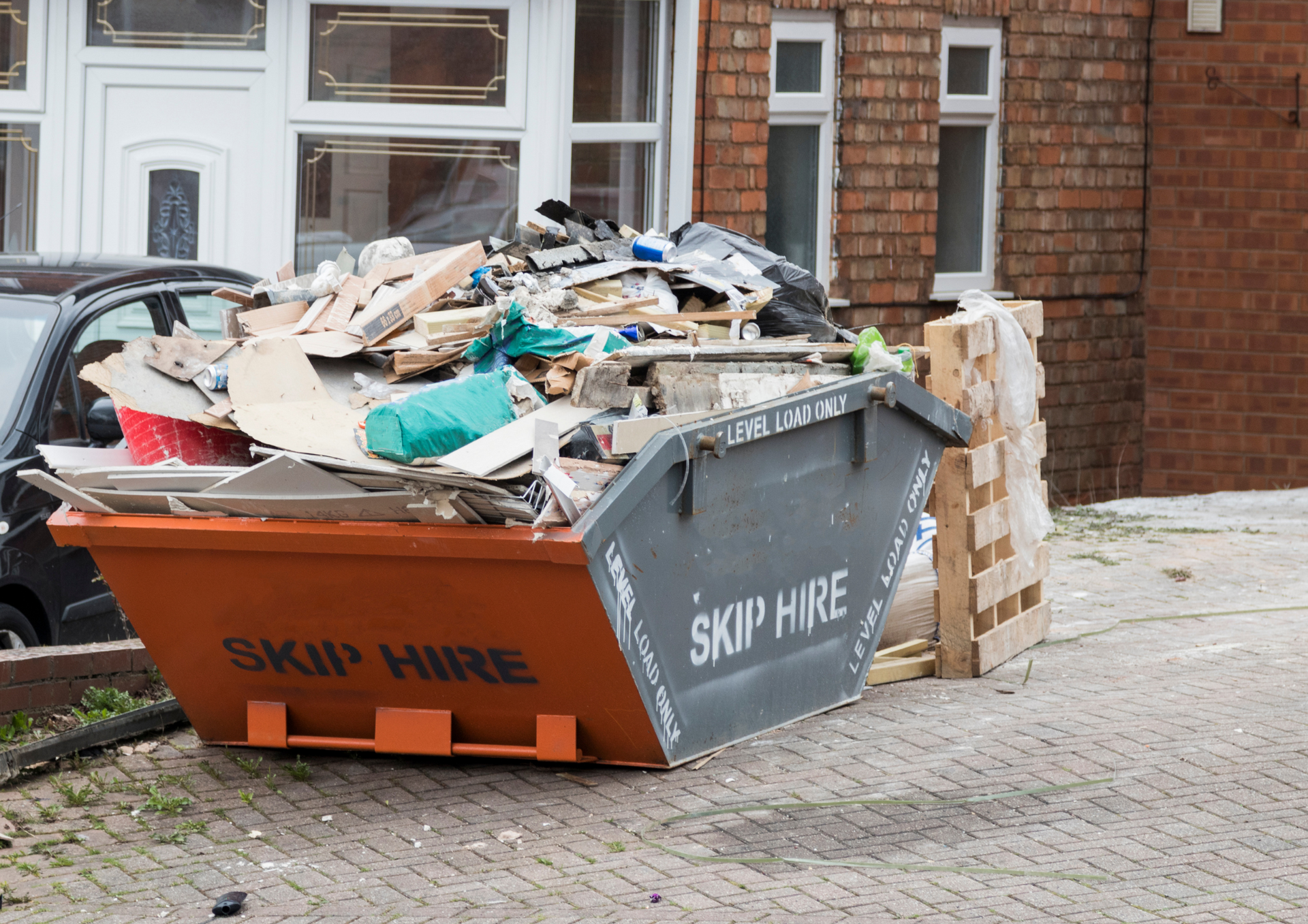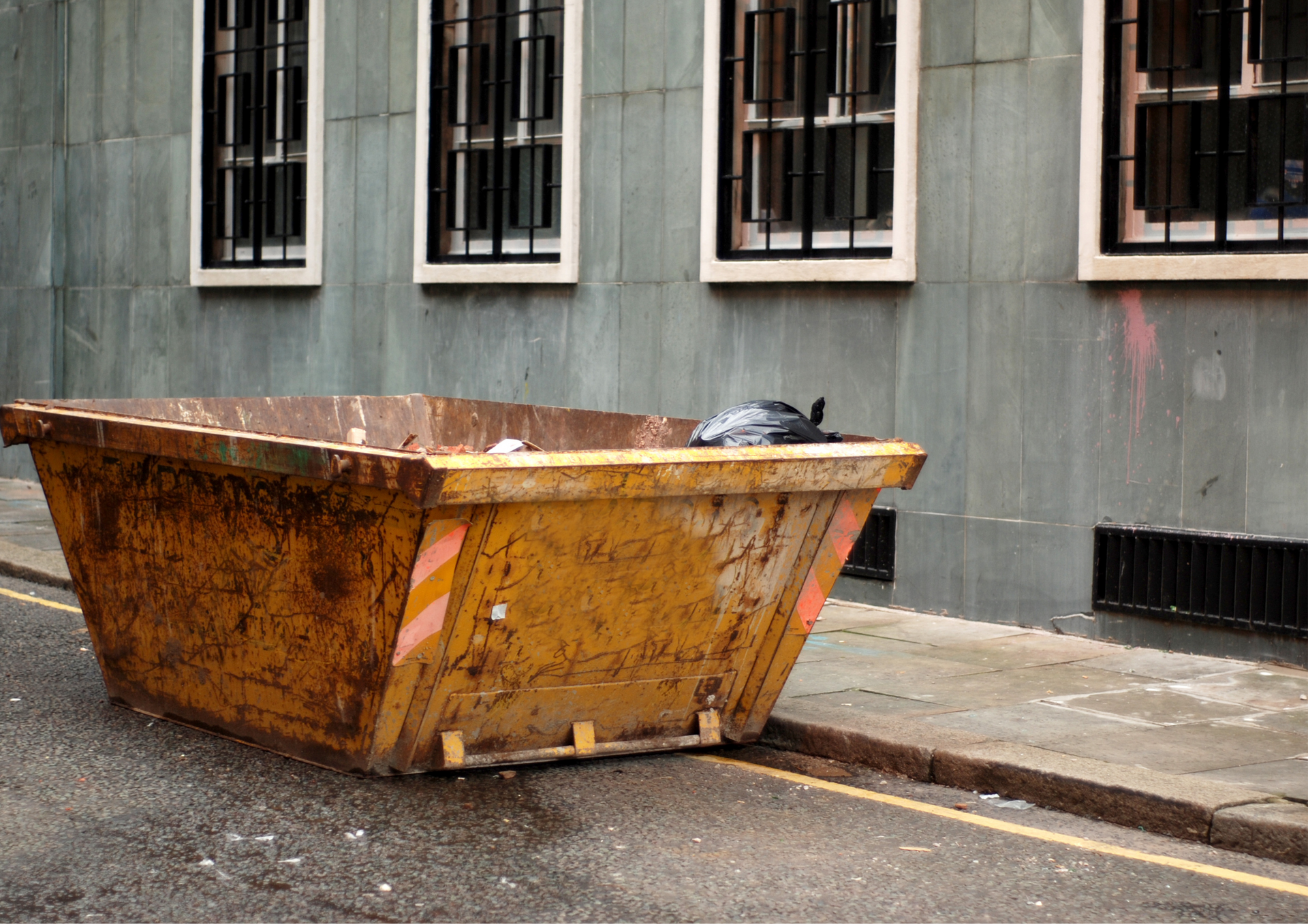The Complete Guide to Choosing Between a 4 Yard and 6 Yard Skip
When it comes to efficient waste management, choosing the right skip is essential. Whether you’re overseeing a construction project, tackling a home renovation, or managing waste from an event or business relocation, knowing your skip options ensures you save money, time, and effort. Among the most popular choices are the 4 yard and 6 yard skip, ideal for both domestic and commercial needs.
In this guide, we’ll walk you through everything you need to know about these skip sizes.
Understanding Skip Sizes and Their Practical Uses
The first step to finding the right skip is understanding skip sizes and prices. Skips are measured in cubic yards, with each yard representing the volume it can hold. While smaller skips are often suitable for modest clean-ups, larger ones are designed for heavy-duty tasks.
A 4 yard skip hire option is often chosen by homeowners for small renovation projects, spring cleaning, or garden waste removal. Compact in size, it fits conveniently on driveways, making it a practical solution for urban homes with limited space. Despite its smaller capacity, it can handle bulky items like old furniture, small appliances, or general household debris.
On the other hand, the 6 yard skip size offers extra room for larger projects. Often called the “builder’s skip,” it’s a popular choice for construction companies and contractors dealing with heavy materials such as concrete, bricks, soil, or metal. Landscapers also find it useful for managing waste from outdoor projects like garden redesigns or patio installations. Businesses undergoing office relocations or refits may also benefit from its capacity, as it allows them to dispose of old office furniture, flooring, and packaging efficiently.
Comparing 4 Yard and 6 Yard Skips: Which One is Right for You?
Choosing between a 4 and a 6 yard comes down to your project size, available space, and the type of waste being generated. If you’re carrying out a minor home improvement or a thorough clean-out of one or two rooms, a 4 and 6 yard comparison often points to the smaller option being sufficient. It’s cost-effective, easy to place, and eliminates the hassle of multiple trips to the tip.
For larger projects, like kitchen renovations, bathroom replacements, or medium-sized construction jobs, the 6 yard is the safer bet. Its extra space prevents overfilling, which can lead to penalties or the need for an additional skip.
It’s also important to consider placement. A 4 yard fits comfortably on most driveways, while a 6 yard skip may require street permits if there’s no private land available. Balancing these practical aspects will guide you towards the skip that matches your needs without unnecessary expense.
Cost, Regulations, and Safety Considerations
Hiring a skip is more than just selecting a size—it’s about ensuring compliance with regulations and keeping safety in mind. Costs vary depending on location, duration of hire, and the type of waste you need to dispose of. While both 4 yard and 6 yard are competitively priced, factors like skip permits or restricted waste materials can influence the final cost.
When budgeting, it’s important to account for permits if your skip will be placed on a public road. Some councils also impose restrictions on hazardous materials like asbestos, electrical items, and chemicals. Ensuring you comply with these regulations prevents delays and avoids fines.
Additionally, filling a skip requires careful thought. Overloading beyond the fill line not only makes collection difficult but can also pose safety hazards. Hiring from a provider known for offering a reliable skip service ensures peace of mind, as they guide you through what can and cannot be disposed of and ensure timely collection.
Practical Scenarios Where 4 Yard and 6 Yard Skips Excel
The real value of skips comes from their adaptability across various projects. Homeowners benefit from a 4 yard when decluttering garages, removing old furniture, or refreshing gardens. It’s also perfect for smaller bathroom or kitchen refurbishments, where waste volumes are moderate but varied.
The 6 yard, in contrast, shines on medium construction sites. Contractors handling concrete, bricks, or soil rely on its size to keep sites clean and compliant with safety standards. Landscapers reshaping outdoor spaces, event organisers clearing post-event debris, and businesses relocating offices all find the 6 yard option highly practical.
In both cases, the right skip reduces stress, saves time, and ensures waste is handled responsibly. This balance of flexibility and efficiency is what makes the 4 yard and 6 yard skip a staple across households and industries alike.
Whether you’re planning a home renovation, clearing out an office, or managing a construction project, the choice between a 4 yard and 6 yard can make a significant difference in cost, convenience, and efficiency. By understanding the practical uses, regulatory considerations, and placement factors, you can ensure your waste is managed seamlessly.
Both skips offer excellent solutions for different needs, and by matching your project scale to the right size, you’ll enjoy a smooth, stress-free waste management experience.
At
Skip Hire Barnsley, we pride ourselves on offering a professional, trustworthy, and hassle-free service tailored to your needs. With years of experience, we provide a wide range of skips, including the versatile 4 yard and 6 yard skip options, ensuring we have the right fit for every project.
Our commitment to reliability means you can count on us for prompt delivery, clear guidance on regulations, and timely collections. Whether you’re a homeowner, contractor, or business owner, we make waste disposal simple, cost-effective, and environmentally responsible.
Don’t miss it on X: Skip hire sizes explained –
4 yard vs 6 yard skips!




